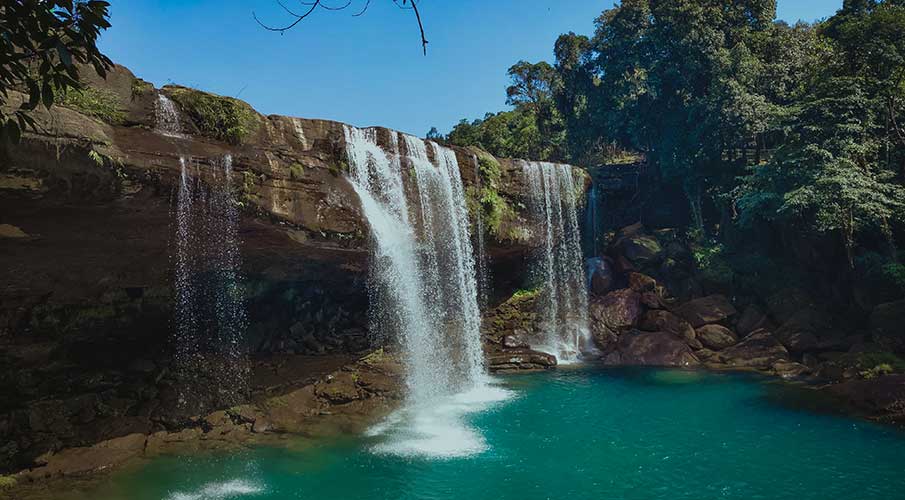During the British colonial period, the Jaintia Hill was also known to be home to the Civils Surgeons Bungalow. However, it was partitioned in 630AD by Raja Guhak and distributed between his three sons; Jayantak (Jaintia Kingdom), Gurak (Gour Kingdom), and Ladduk (Laur Kingdom). Later, it was taken over by the British East India Company in the year 1835. As per the story revolving around the states, it is said that Guhak was the son of Hatak who father was a prince of the Tibetan Kingdom. Later, during 600AD, he ascended the Jaintia throne. One of the intriguing theories about Guhak is that he had a deep interest in Hinduism and that leads to the migration of Brahmins in this area.
Even though there are lots of theories and history revolving around this district, one cannot get enough of the untold tales and the magnificent beauty that this place offers the tourist and visitors.
Popular Sightseeing Places in Jaintia Hills
Given below is the list of popular travel destinations in Jaintia Hills you should not miss when you visit this place next time.
